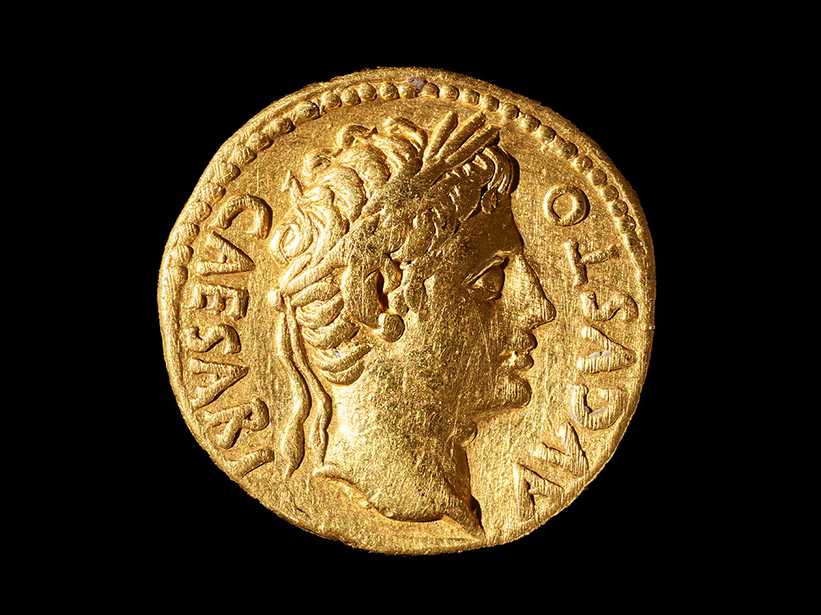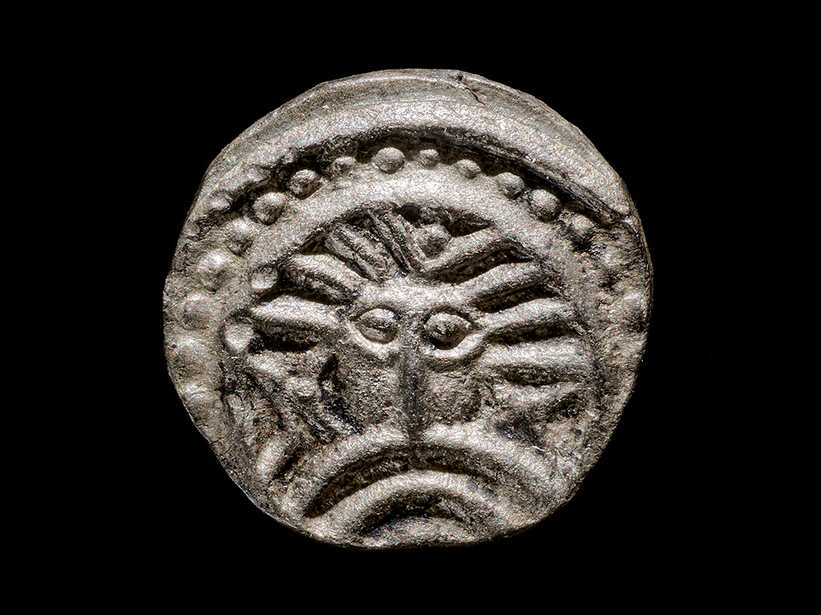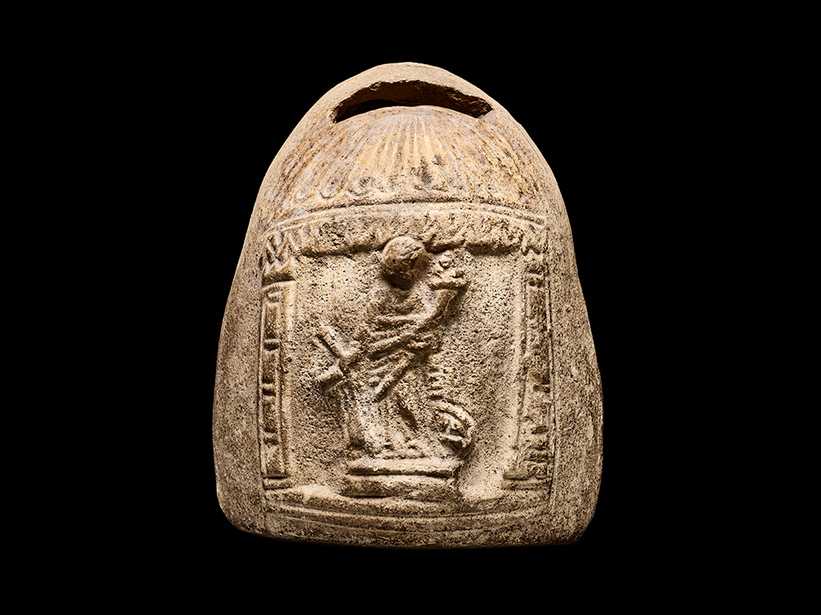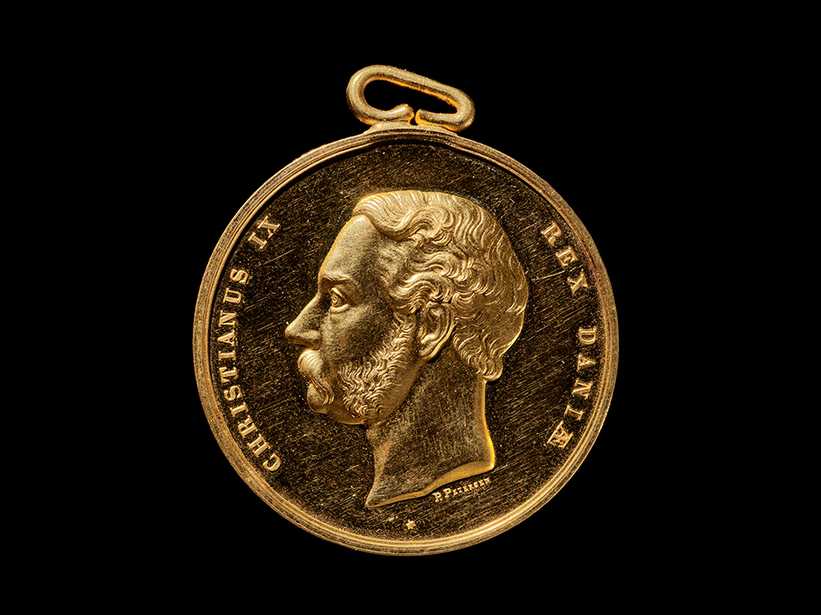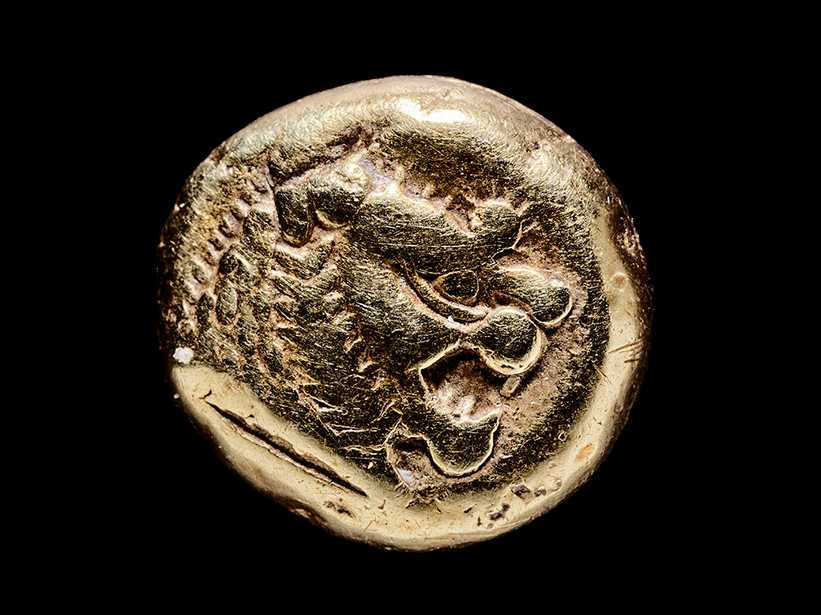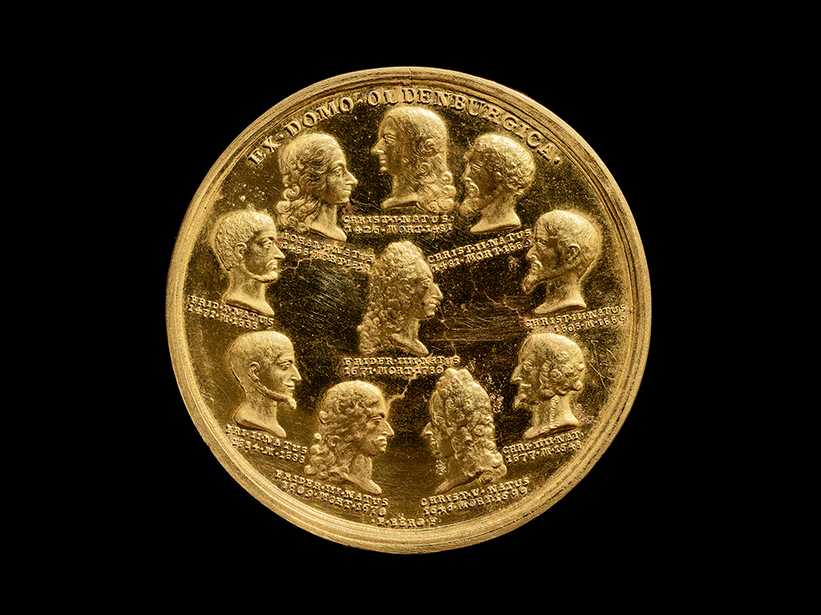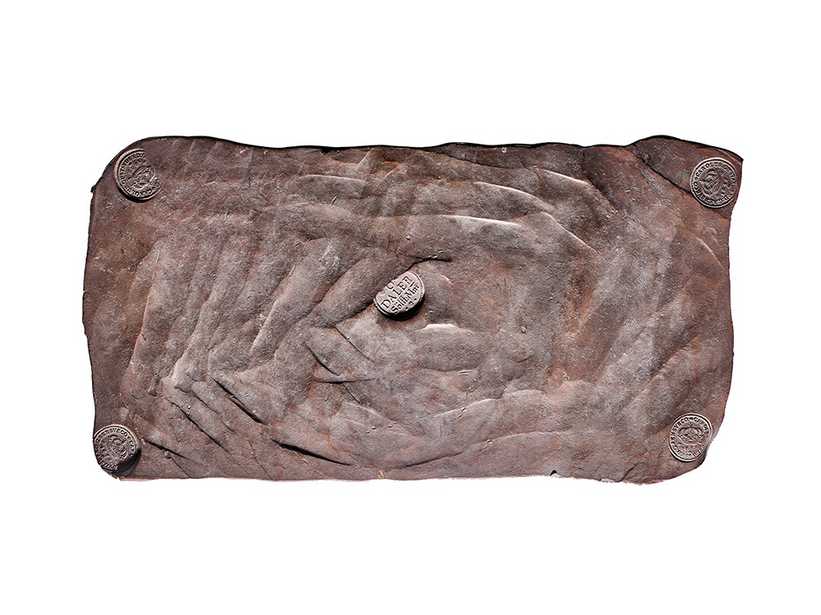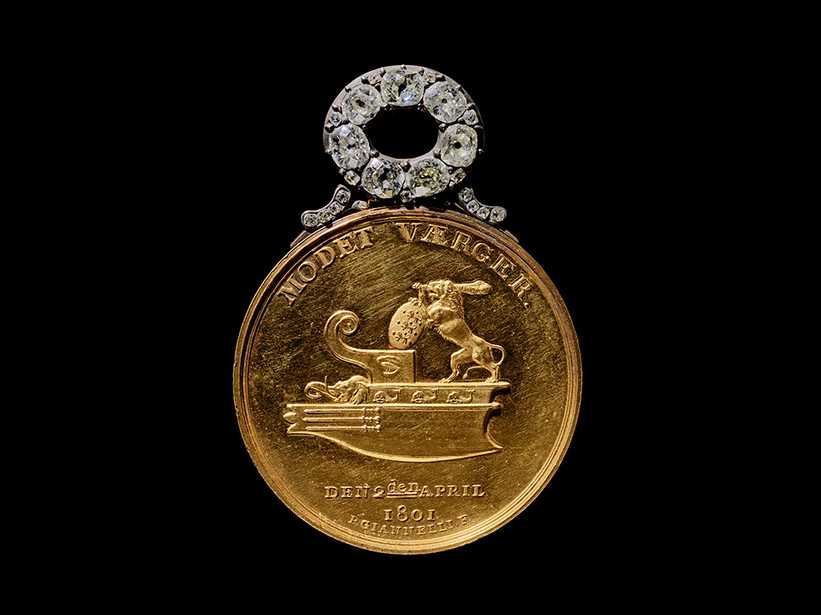KA-CHING! - Show Me the Money
New exhibition at the National Museum of Denmark
The lucky ones, the hardworking, the alert and the daring can try a brand-new attraction – the Money Shower. But first they have to take a trip through the history of money and win a million in ‘The Money Game’. Here they experience money’s inscrutable ways, and realise that some are born into money, while others struggle for every penny - just like in real life.
Please note: The exhibition will be temporarily closed
KA-CHING! is temporarily closed to the public between 24 and 28 June 2024.
Visitors to the exhibition can:
- See a selection of the museum’s unique coin collection with some of the oldest coins in the world.
- Experience a millennium of coins in Denmark from Cnut the Great to Queen Margrethe II.
- Take a spin on the hamster wheel delivering pizza to earn money.
- Answer questions about the history of money in the exhibition quiz.
- Lift a bar of real gold weighing 12 kg.
- See an opulent display of some of the most precious treasures on earth – gold and unique collector’s items.
- Look into the future of money.
- Visit a bank from the 1920s.
- Take the challenge of the investment game and try buying and selling shares and property.
- ‘Win a million’ and a turn in the Money Shower.
Show Me the Money!
See a selection of the museum’s unique coin collection with some of the oldest coins in the world
The History of Money in Four Universes

The Money Show
Visitors can earn start capital to invest in The Money Game on the Hamster Wheel, as they learn about the hours we’ve worked in the past to put food on the table and money in our pockets. As in real life, every visitor has a different starting point. Some are born into money, whereas others have to work hard for it.
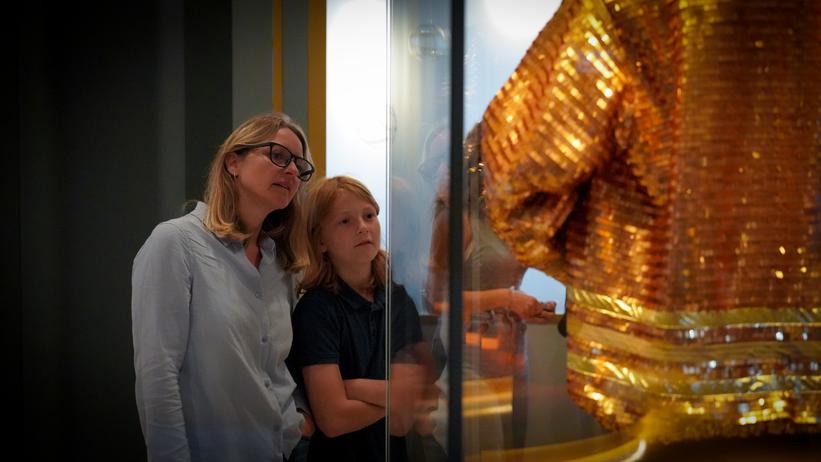
Showroom
Throughout history people have been drawn to material possessions and the security, power and prestige they represent. The exhibition’s Showroom presents visitors with a world of luxury packed with valuables, gold, art, collector’s items, medals, archaeological treasures and sneakers, all of which tell a story about of who we are and how we spend our money. The things we consider valuable today could be worth nothing tomorrow. We live in a world where value is a construct in constant flux.
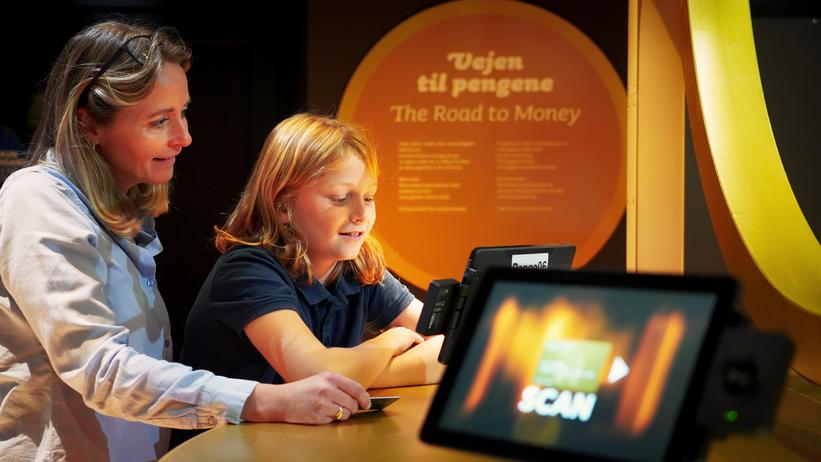
The Money Game
Prøv det store hamsterhjul og tjen startkapital til at investere i. Klarer du dig godt i quizzen og aktiespillet, kan du vinde en tur i pengebadet. Ligesom i virkeligheden vil hver enkelt gæst have forskelligt udgangspunkt. Nogle fødes til penge, og andre må knokle for dem.
The Bank
The money system today is part of a complex, global network. Banks, corporations and states are connected to each other by debt. Very few people really understand how the system works. Who creates the money? What do we borrow all the money for? Why does your neighbour have a better loan than you? How are financial bubbles created? Can you make your savings grow? The answers to all these questions and more are waiting for you when you step inside the historical bank in the exhibition.
For their generous support of the exhibition we would like to thank:

